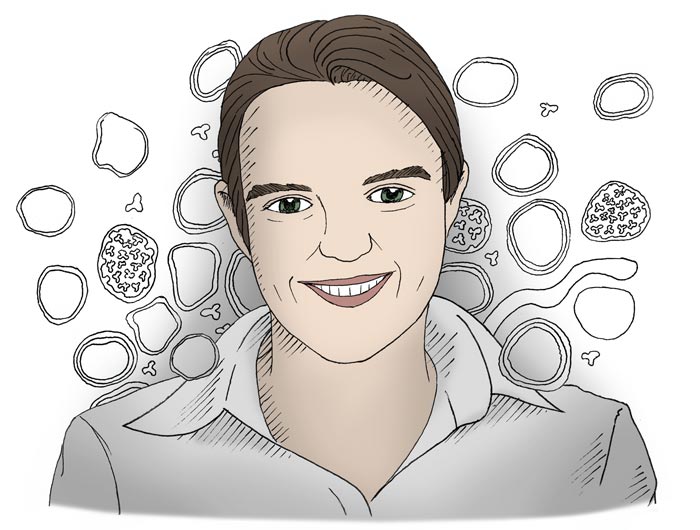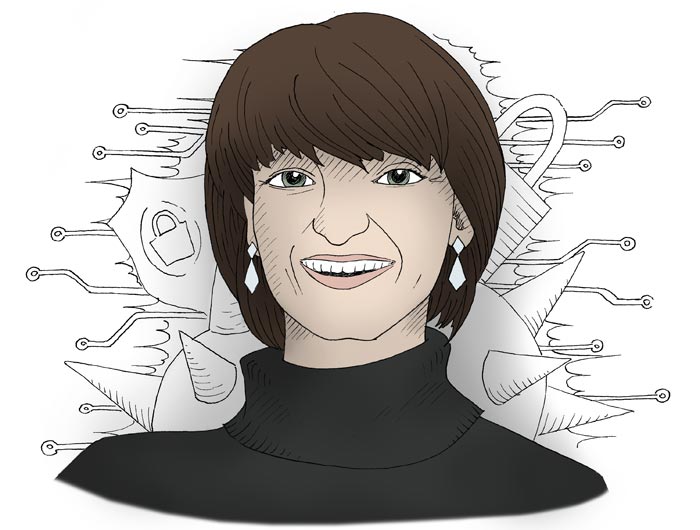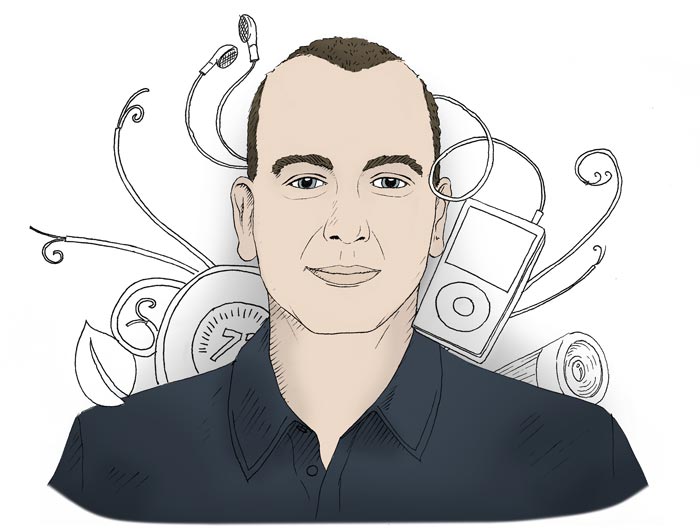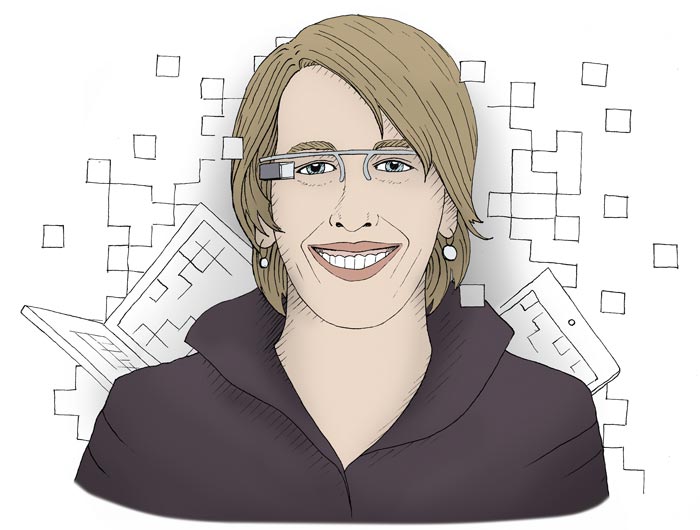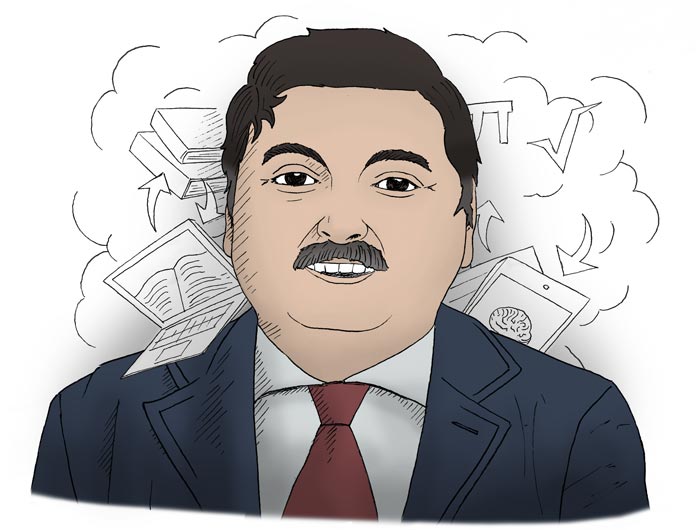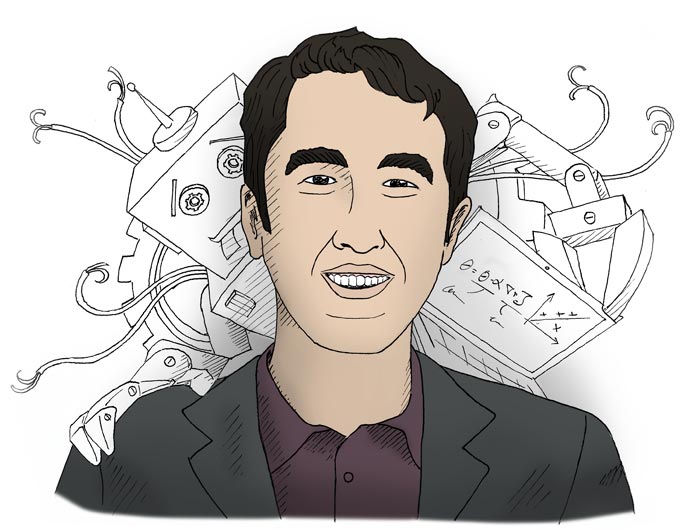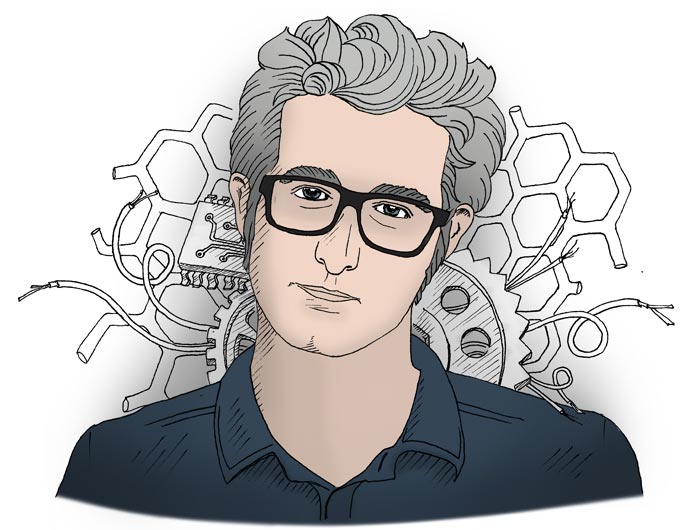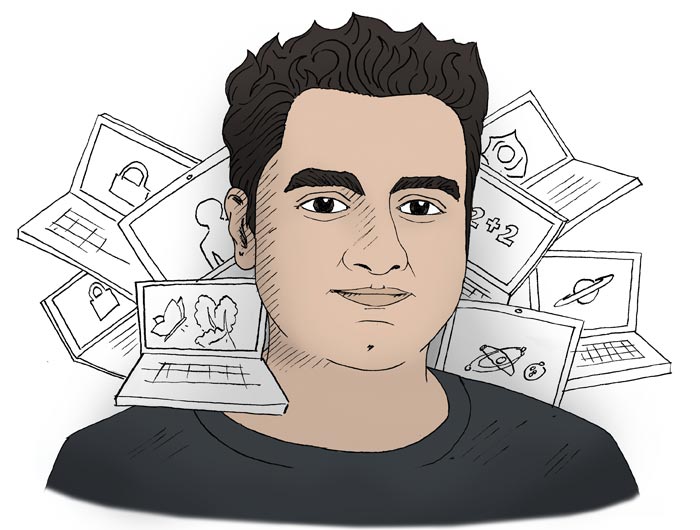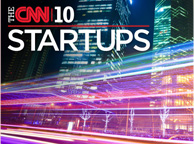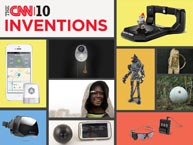By Doug Gross, CNN
You probably don't think your thermostat has a whole lot in common with your iPod. And that's why you're not Tony Fadell.
"They might look like totally different products to the consumer," said Fadell, the man some call the "father of the iPod" for his work at Apple designing that game-changing device. "But on the inside, they're very similar."
After a stint at Philips Electronics in the mid-1990s, Fadell formed his own company, Fuse. One of the products he hoped to develop there was a small disk-drive-based music player.
But when funding for the company fell through, he was lured to Apple and tasked with overseeing the design and production of what in 2001 would become the iPod.
At the time, Fadell was what Steve Jobs’ biographer Walter Isaacson described as a "brash entrepreneurial programmer with a cyber-punk look." In the course of developing the iPod and helping design the iPhone, he became one of Jobs’ top lieutenants and even accomplished the rare feat of winning an argument with the mercurial CEO.
Now, through his own Nest Labs, Fadell has reinvented the humble home thermostat. His digital Nest device is handsome to look at, is Wi-Fi enabled and learns its users’ habits to increase efficiency. The programmable thermostat can be controlled remotely with a smartphone and claims to cut users’ heating and cooling costs by up to 20%. Nest devices have saved more than 1 billion kilowatt hours in energy, Fadell says.
Not content to stop there, Nest just introduced a next-generation smoke detector that issues vocal warnings during emergencies and can be turned off by a wave of the hand.
Disparate though they may seem, Fadell says, both the iPod and the Nest were born from the same place.
“Both of the products helped to fix some real frustrations I had in my life,” he said. “That’s really where the inspiration comes from: this frustration I have with products that really have meaning to me. I wanted to go off and fix them and make them better.”
The iPod came about because Fadell was a DJ and got tired of lugging thousands of CDs from gig to gig. Later, as a homeowner, he “was spending a lot of money on energy and had to look at this ugly box I didn’t know how to use,” he said.
Another key to innovation, Fadell said, is staying true to your vision. For example, in the late ‘90s when everyone was rushing to build websites, he focused on mobile products. Now, most Web developers are building mobile products.
And of course, he says, follow your passions.
“When I was younger and single, it was (about) music,” he said. “Now, when I’m married and have a family, I’m more concerned about all the energy we’re using and leaving the planet in better shape.”

